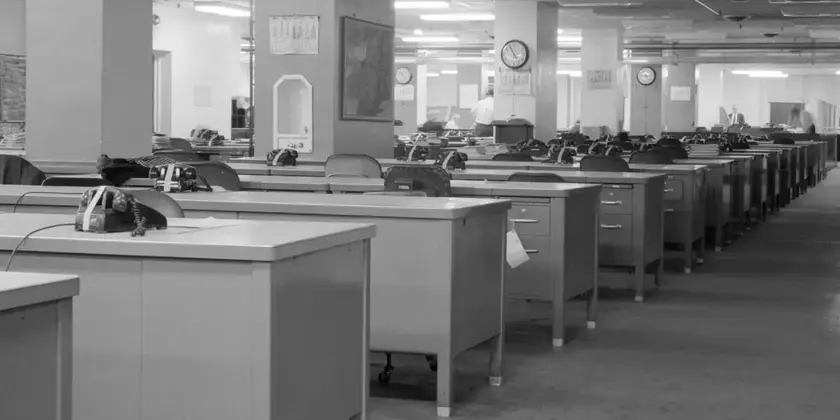T4K3.news
Wealth ladder reshapes the economy
Nick Maggiulli outlines six wealth levels and what they mean for everyday life.

Nick Maggiulli outlines a six level wealth ladder that reshapes American life and spending.
Wealth ladder reshapes the American economy
Nick Maggiulli, chief operating officer at Ritholtz Wealth Management and author of The Wealth Ladder, argues the United States now has six wealth levels, from Level 1 with under $10,000 to Level 5 and beyond at $10 million and up. Level 3, with $100,000 to $1 million, remains the largest group, while Level 4 the upper middle class is growing fast. Inflation changes the scale of wealth, so a late 1990s millionaire would be worth roughly $2 million today. UBS data on EMILLI show the number of everyday millionaires rising from about 13 million to 52 million worldwide, a fourfold rise in less than 25 years. The trend suggests a broader, louder conversation about what counts as wealth in modern America.
Key Takeaways
"The economy wasn't built to handle this many people with this much money"
Maggiulli on resource scarcity in a larger affluent class
"They are all competing for a small pool of resources"
Pressure on luxury goods and services among Level 4
"There is so much wealth being created that the upper end is seeing this competition like never before"
Observation on rising upper wealth strata
"What that means for me personally is that I am renting for a lot longer"
Maggiulli on his housing choices amid high rates
The framework invites readers to rethink what wealth means and how it shapes spending. A larger upper middle class shifts demand for services, housing, and leisure, while it also risks fueling policy debates about taxes, housing supply, and social mobility. It challenges the idea that climbing the ladder is a straightforward path and it highlights how people adapt to changing scales of affluence.
Relying on net worth to measure success also hides how liquidity, debt, and asset mix shape real life. The Great Wealth Transfer could rebalance wealth as boomers hand assets to Gen X and millennials, but much of that wealth sits in illiquid assets such as real estate. The result is a paradox: many affluent people feel wealthier yet see their relative position slipping as competition for high end goods tightens. The housing market remains a friction point, with many millionaire renters illustrating a gap between money on paper and money in hand.
Highlights
- The economy was not built to handle this many people with this much money
- They are all competing for a small pool of resources
- There is so much wealth being created that the upper end is seeing this competition like never before
- What that means for me personally is that I am renting for a lot longer
Economic sensitivity around wealth growth and housing policy
The article touches on wealth concentration, housing affordability, and policy implications. It could prompt debates on taxes, housing supply, and social mobility, inviting public reaction and investor commentary.
Wealth shifts, but the ladder remains bumpy and personal choices still drive the climb.
Enjoyed this? Let your friends know!
Related News

Influencers face challenges in changing economy

Wealth relocation reshapes European economies

American Giants Face the Great Shrinking

Trump's deadline for Russian ceasefire approaches

UBS reports strong second quarter earnings

Corbyn and Sultana agree to establish new political party

Reeves announces major deregulation to promote economic growth

Trump promotes cryptocurrencies at Bitcoin Conference
